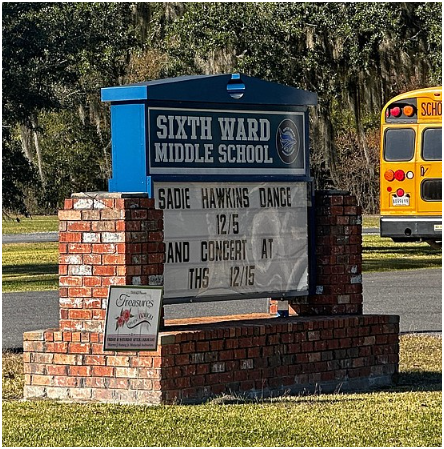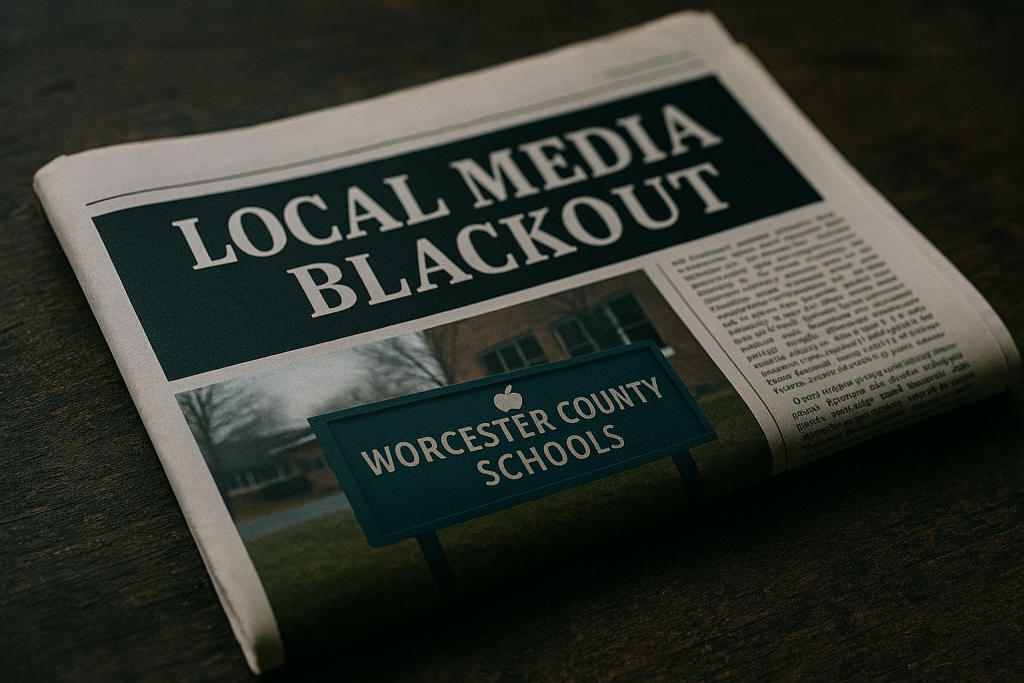
How a New Training Eases Teachers’ Anxiety About Emergency Drills
For teachers, preparing for an emergency such as an active shooter at school can be anxiety-provoking and overwhelming. A new research-based training aims to ease some of the anxiety by incorporating mental health support into the drills.
Two researchers from the Center for Health, Work, and Environment at the University of Colorado Anschutz Medical Campus recently completed a two-year research project on emergency preparedness plans and drills in schools. To start, they spoke to educators from six Colorado districts and learned that teachers often lacked coping skills for drills and felt as if they had no say in the details of the district’s emergency response plan.
“One of the first things we heard [from administrators] was, ‘We need this because our teachers aren’t engaging in drills,’” said Natalie Schwatka, an assistant professor who focuses on workforce health and safety. “It’s scary, it’s stressful, so teachers aren’t showing up to work on the days when they know there are going to be drills.”
The researchers used the feedback to fine-tune a half-day workshop for teachers that integrated mental health with emergency preparedness, which they then delivered to nearly 500 educators from six schools—two elementary, two middle, and two high schools—in the Cherry Creek district outside of Denver. They plan to soon make the training’s curricula and materials available for districts across the nation, free of charge.
In the workshop, teachers learned about the rationale behind the response plans and drills and had an opportunity to ask questions from their district’s head of safety and security. They also learned about psychological preparedness—meaning the ability to anticipate and manage their responses in an emergency situation—and associated coping skills to calm the body and mind.
Those techniques help teachers feel more in control during a high-stress situation and avoid freezing or panicking, said Courtney Welton-Mitchell, an assistant professor who has worked as a mental health clinician specializing in traumatic stress.
“When we’re in a heightened arousal state, it’s so much harder for us to think clearly,” she said.
The intervention also had a peer-support component, so teachers learned how best to support one another. At the end, the researchers collected anonymous feedback about safety, security, and preparedness that they provided to the district.
“This project is designed to not only give [educators] tactical things they can do to prepare for emergencies … but also sort of tally: How can we get these teachers and staff more involved in making decisions about what happens around safety and security?” Schwatka said.
An emphasis on wellness and communication
Angie Lore, the principal of Polton Elementary School, which was one of the pilot schools, said she appreciated how the training emphasized wellness and support.
“It really is about making sure that teachers and school personnel and staff are taking care of themselves, that they know their roles [in emergencies],” she said. “It’s that age-old thing: We can’t take care of others unless we fully take care of ourselves.”
The communications piece was also critical, she said: “We’ve got to make sure we’re a school community that can lean on each other, that can ask questions and be vulnerable, so we can do our best work.”
The researchers initially conducted the training at three of the six schools so they could compare the final survey results of educators who received the training with those who hadn’t yet. The other schools received the training after first three were done.
The teachers and staff who participated in the training reported feeling more psychologically prepared, having more peer support for emergencies, feeling more like they collectively shared leadership responsibilities for emergency preparedness, and believing that their school was more committed to emergency preparedness.
The most robust findings were for psychological preparedness and peer support, Welton-Mitchell said.
“That really speaks to the fact that we knew that psychological preparedness was an identified gap—that it wasn’t happening or integrated in existing models,” she said. “Something like this half-day workshop could really move the needle on that, as well as other components.”
Active shooter drills loom large in teachers’ minds
The intervention can be used for all emergency preparedness—fire drills, tornado drills, disease outbreaks, even plans for a bear on campus—but active shooter drills loomed the largest in teachers’ minds, the researchers said.
School shootings are statistically rare but even the thought is terrifying. There have been 25 school shootings in 2023 that resulted in injuries or deaths, according to an Education Week analysis. Last year, there were 51, the most in a single year since Education Week began tracking such incidents in 2018.
The fear of school shootings takes such a toll on educators, making it critical to incorporate psychological preparedness into trainings, Welton-Mitchell said: “Even if it’s a perception of a broader risk than what actually exists, those mental health impacts are real.”
Teachers told researchers that they often felt like they didn’t have enough opportunities to talk with emergency personnel and have their questions answered, Welton-Mitchell said. Often, debriefings after drills happen with the emergency response team and senior leadership at the school—teachers are not included.
“The importance of teachers and staff feeling better prepared and better about their voices mattering in this process because they have that face time and that one-on-one access can’t be underestimated,” she said, adding that the teachers who participated in the Cherry Creek trainings had the most positive feedback for the town halls with the district’s head of security.
Meredith Olugbode, a 3rd grade teacher at Polton Elementary in the Cherry Creek district, said her colleagues appreciated having a chance to run through all their “what-ifs”: What if there’s a lockdown when they’re outside the school building? What if a student is in the bathroom? What if the lockdown happens when students are walking to a different class?
“All the things that teachers think about, we got to ask the district security team the specifics,” she said. “It helps bring our anxiety down, knowing that our concerns are heard and knowing that if this ‘what-if’ situation ever does happen, [we] can rely on what they told us.”
More districts can implement this training
Teachers told researchers that they’d like to have this training at the start of each school year.
“I think keeping the conversation in the forefront of our minds is what we have to do,” Lore said.
Olugbode added that seeing reports of school shootings in the news often triggers new fears and anxieties for teachers. Having an annual refresher on coping skills—and a chance to ask new questions—could help, she said.
The Cherry Creek safety and security and mental health teams now plan to implement the training in more of the district’s 67 schools, Welton-Mitchell said. The researchers are in the process of training district staff so they can conduct the workshop on their own.
Access to mental health support has been a priority in the Cherry Creek school district in recent years, after a spate of student deaths by suicide in 2019. The nearly 55,000-student district is opening a $15 million mental health day-treatment center this fall.
Meanwhile, the researchers are preparing the training’s curriculum guide and associated materials to post online for district leaders across the country to use, Schwatka said. The materials will include guides for districts to evaluate the training’s impact and to solicit feedback from their staff, she added.
Ideally, Schwatka said, districts’ safety and security teams will partner with human resources or school wellness teams to lead the training, so it’s fully integrated with mental health support.
And the researchers say they hope districts take teachers’ feedback on their emergency response plans seriously.
After all, said Welton-Mitchell, this training helps “invert what is really a top-down system that tells teachers and staff what to do, but doesn’t really give them the voice to say, ‘Wait a minute, we’re here on the front lines, and we have some thoughts about what’s needed and what could enable our preparedness infrastructure to be more effective.’”
Dig Deeper With Our Longreads
Newsletter Sign up to get our best longform features, investigations, and thought-provoking essays, in your inbox every Sunday.
The MEN was founded by John Huber in the fall of 2020. It was founded to provide a platform for expert opinion and commentary on current issues that directly or indirectly affect education. All opinions are valued and accepted providing they are expressed in a professional manner. The Maryland Education Network consists of Blogs, Videos, and other interaction among the K-12 community.








